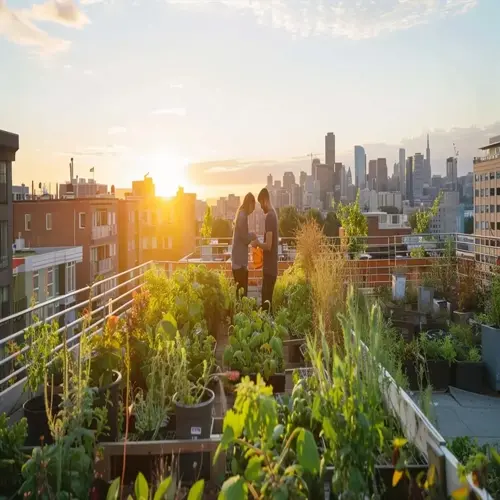What is the optimal vegetable garden layout?

Written by
Nguyen Minh
Reviewed by
Prof. Samuel Fitzgerald, Ph.D.An optimal layout for a vegetable garden allows sufficient sunlight to reach the plants while making efficient use of space. When I design gardens, I position tall crops, such as corn, on the north side of the garden, thereby preventing shading of shorter plants. This is an effective and simple rule of arrangement that increases the yields of my clients' gardens by as much as 30 percent.
Sunlight Optimization
- Position sun-loving tomatoes/peppers in areas receiving 8+ daily hours
- Place shade-tolerant greens like spinach where light is limited
- Track light patterns seasonally as sun angles change
Efficient Pathways
- Main paths: 3 feet (90 cm) wide for wheelbarrow access
- Secondary paths: 18 inches (45 cm) between planting zones
- Create loop systems to avoid dead ends during harvest
Vertical Integration
- Install trellises for cucumbers/beans along north edges
- Use stacked planters for strawberries and herbs
- Allow 12 inches (30 cm) clearance behind vertical structures
Companion Grouping
- Cluster basil 6-8 inches (15-20 cm) from tomatoes
- Plant carrots and onions in alternating rows
- Separate incompatible pairs like beans and garlic
Utilize intensive spacing to maximize production in raised beds. I plant lettuce in hexagonal patterns 6 inches (15 cm) apart, allowing for more plants per square foot. For tomatoes, allow 24-36 inches (60-90 cm) between plants, depending on the size of the variety. This triples (compared to the garden of rows) the yield of the usual garden produce.
The climate is the factor that necessitates changes in the landscape. In hot countries, I arrange for certain tall plants that will give afternoon shade to sensitive plants. Northern gardeners make the most of the southern exposures by building up the surface of their beds on a slope. My clients in Phoenix use shade-cloth tunnels to extend the lettuce season through the hot months.
Start simply with one 4x8-foot (1.2x2.4 m) bed using these principles. I started with a single bed twenty years ago. That small plot was enough to produce a sufficient amount of vegetables to convince me that gardening could abundantly feed my family. Your adventure begins with the first seed planted deliberately.
Read the full article: 10 Essential Vegetable Garden Planning Steps

